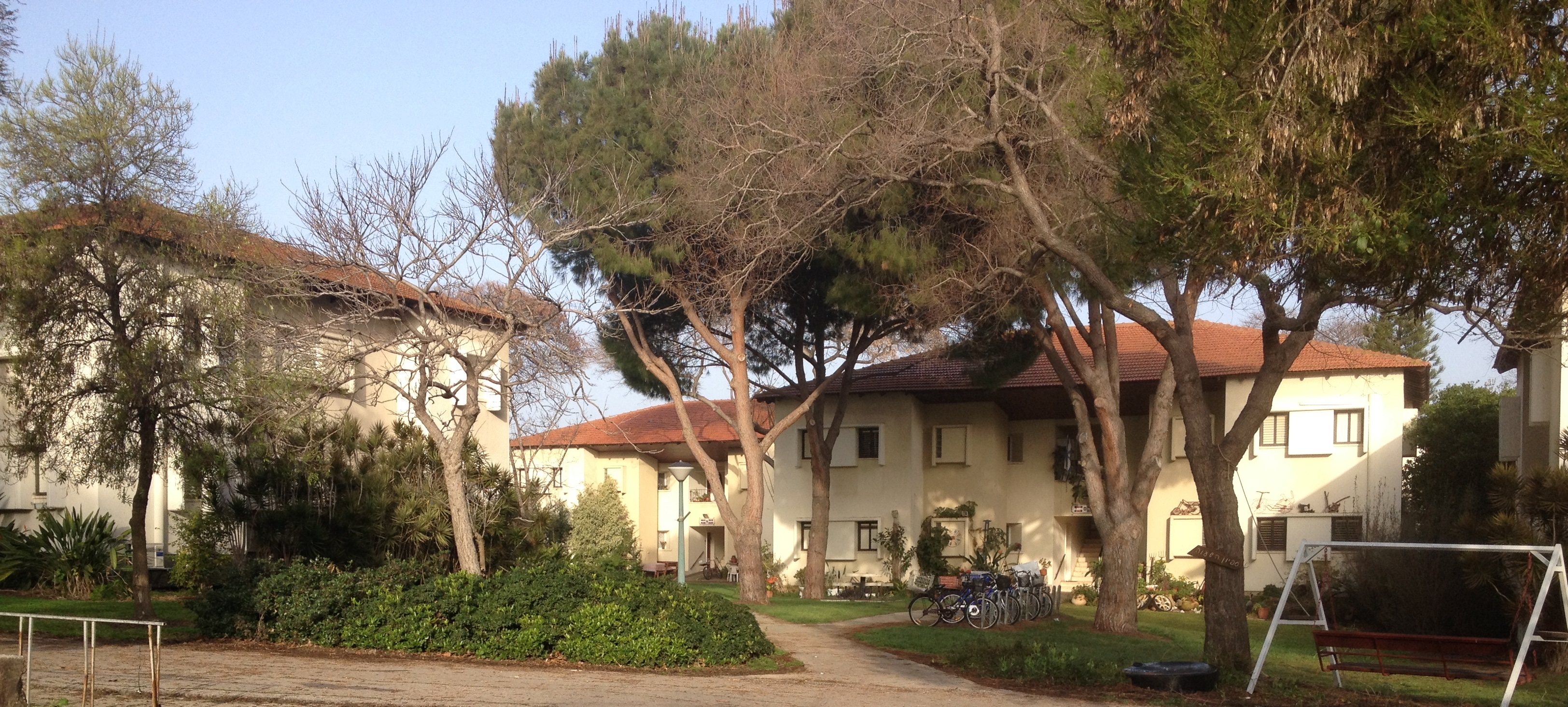
It is not wise to begin with the assumption of change in the client system—especially if the consultant is being asked to engage with her client at Level Two. If an interventionist assumes that the client’s biggest problems can be fixed by change, he has already made a choice for the client. It may very well be that change is the most important problem or need facing the client. However, it is important that the decision not be prejudged by the interventionist; and, according to the framework, the client should be helped to make the decision. The interventionist can help the client first by assisting him in obtaining valid and useful information about the real issues.
If the majority of interventionists conceptualize problems as involving and requiring change, the potential clients may come to perceive their problems as those of change. The definition of the expert may become the expectation of the non-expert. But when the executive non-expert decides (and the interventionist agrees) that he wants to create change in the system, those subordinates responsible for working in the system may prefer to generate valid information and then see if change is their choice. Such action may be viewed by the top executive (and the interventionist) as resistance to progress, a view which would be incorrect.
Perhaps if the people making interventions, at any level in our society, would focus more consciously and with greater commitment on their primary tasks, we would not experience as much pressure for change. Change may be our biggest societal problem, but it may not be the deepest problem. Indeed, if the deepest problems were dealt with effectively, change might not be as important. Thus, a Model Four practitioner often finds that change itself is actually a problem in some institutions. Indiscriminate and repeated change (especially at Level One) often will produce an instability that insures minimal or unpredictable impact of a planned change effort.
To return to our nautical analogy, the Model Four practitioner serves as a lighthouse, which can be used by the captain and crew to guide the ship safely into or out of the harbor. Control of the ship resides with the captain and crew. If the information provided by the lighthouse is ignored, the client (ship) may crash on the proverbial rocks. However, the responsibility for this crash resides with the client and cannot be attributed to the practitioner—provided that the practitioner is giving the client valid and useful information.








